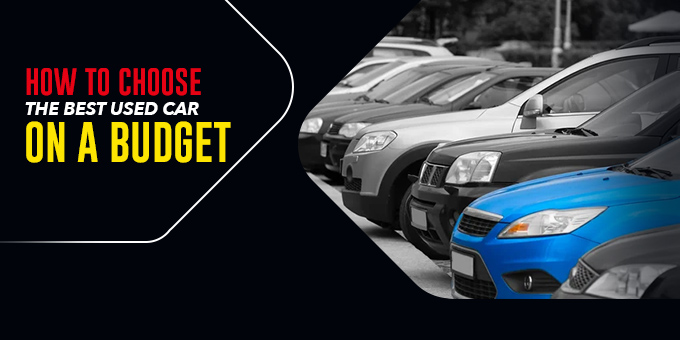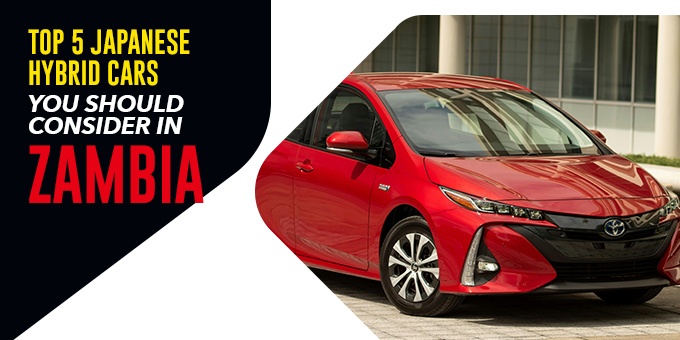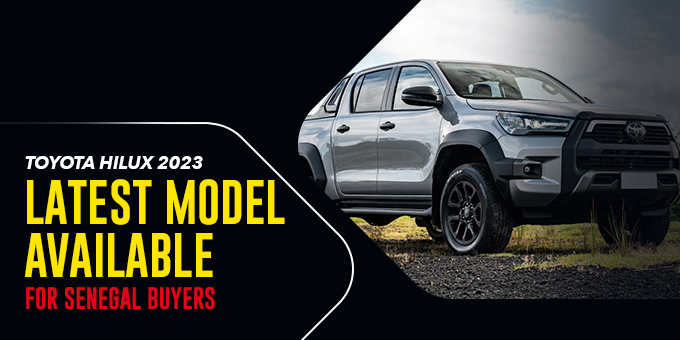Buying a used car is one of the smartest financial decisions you can make, especially when working with a limited budget. New cars depreciate quickly, while a well-maintained used vehicle can offer years of reliable service at a fraction of the cost. However, selecting the appropriate vehicle involves more than merely identifying the lowest price; it requires a careful balance between affordability, condition, reliability, and long-term value considerations.
This guide walks you through everything you need to know about choosing the best used car on a budget. From setting your budget and researching models to checking history reports and negotiating prices, you’ll learn how to approach the process with confidence.
Set a Realistic Budget
Before you even start browsing listings, determine exactly how much you can afford. A clear budget prevents you from overspending and narrows down your options. Remember, the purchase price is only part of the cost. You’ll also need to factor in registration fees, insurance premiums, taxes (if applicable), and future maintenance and repairs.
Therefore, a good rule of thumb is to spend no more than 20–25% of your savings or monthly income on a car purchase. If financing, ensure the monthly payment comfortably fits within your budget. By setting boundaries early, you’ll avoid stretching your finances later.
Research the Right Models
Not all cars are created equal when it comes to long-term ownership. Some vehicles are renowned for their reliability, while others may be more affordable upfront but incur higher repair costs in the long run. Researching before you buy saves you headaches in the long run.
Research brands and models with a proven reputation for durability. Toyota, Honda, Nissan, and certain Hyundai models are often recognized for their exceptional reliability. On the other hand, European cars may be appealing but could require more expensive maintenance.
When researching, focus on:
- Fuel efficiency
- Availability of spare parts in your region
- Reliability ratings from trusted sources
- Ownership costs, including insurance and servicing
By narrowing down a few dependable options, you’ll make the search process easier and more focused.
Decide Where to Buy
Once you know what you want, the next step is deciding where to purchase. Each source has its own advantages and risks:
Dealerships: They may be more expensive, but they frequently provide certified pre-owned vehicles with warranties.
Private Sellers: They typically have lower prices, but you will need to conduct your own in-depth inspections.
Online Platforms: Provide access to a wider range of listings, although scams are possible; always verify details.
When buying from a private seller or through an online listing, ask why they’re selling the car and request the maintenance records. Transparency is a good indication that the car has been well-maintained.
Check the Vehicle History
The history of a vehicle can offer valuable insights into its future prospects. Before making any decision, it is essential to review the vehicle’s history thoroughly. Reputable services, such as Carfax or AutoCheck, can provide comprehensive reports that include details of the vehicle's accident history, previous ownership, and whether it has ever been declared a total loss.
If these services aren’t available in your country, request physical maintenance logs and receipts. Cars with consistent service records are more trustworthy than those with missing or vague histories.
Inspect Thoroughly Before Buying
Never buy a vehicle without inspecting it beforehand or having it inspected by a reputable mechanic. An expert eye can spot flaws that you might overlook. During the inspection, pay special attention to:
Exterior: Look for signs of rust, dents, or mismatched paint that may indicate past accidents.
Interior: Check the seats, electronics, air conditioning, and dashboard lights.
Engine: Listen for unusual noises, leaks, or smoke.
Tires and Suspension: Uneven tire wear may suggest alignment or suspension issues.
A test drive is of equal importance. Observe the vehicle’s acceleration, braking, and handling characteristics. Any unusual vibrations, noises, or warning lights should be carefully noted and taken seriously.
Balance Mileage with Age
Mileage constitutes a crucial factor when purchasing a used vehicle; however, it is not the sole consideration. A vehicle that is ten years old with 50,000 miles may be more advantageous than a five-year-old vehicle with 120,000 miles, depending on its maintenance history.
As a general rule, average mileage is about 12,000 to 15,000 miles per year (roughly 18,000–24,000 km). High-mileage cars can still be a good buy if they have a documented service history and no major repairs pending.
Consider Ownership Costs
Even if the purchase price fits your budget, ongoing expenses can stretch your finances. Before committing, estimate the cost of:
- Fuel consumption
- Insurance rates
- Routine servicing (oil changes, brake pads, etc.)
- Spare parts availability
Sometimes, a slightly more expensive car upfront is the smarter choice if it’s cheaper to maintain in the long run.
Negotiate with Confidence
When you’ve found the right car, don’t be afraid to negotiate. Most sellers expect some level of bargaining. Do your homework by researching market prices for similar models and use that information to support your offer.
Stay polite but firm. Point out any flaws or upcoming maintenance needs as reasons for lowering the price. If the seller won’t budge and the car doesn’t feel worth the asking price, be ready to walk away. There will always be other options.
Don’t Rush the Process
Buying a used car is a significant investment, so patience is well worth it. Rushing often leads to mistakes, like overlooking hidden issues or overpaying. Take your time in comparing various options, reviewing inspection reports, and evaluating the advantages and disadvantages. It is advisable to dedicate additional weeks to thorough searching rather than experiencing regret over your purchase later.
Frequently Asked Questions (FAQ)
1. What mileage is good for a used car?
Generally, 60,000–80,000 miles (approximately 95,000–130,000 km) is considered reasonable if the car has been well-maintained. What matters most is consistent servicing, not just mileage alone.
2. Is it better to buy from a dealer or a private seller?
Dealers often provide warranties and more buyer protection, but their prices are usually higher. Private sellers tend to offer lower prices but require more careful inspections and checks.
3. How can I tell if a used car is a good deal?
Compare the asking price with market value, review the service history, and have a mechanic inspect it. If the car requires major repairs soon, the deal may not be worthwhile.
4. Should I buy an older car with low mileage or a newer car with higher mileage?
It depends on maintenance. A slightly older car with low, consistent mileage and good service records may last longer than a newer high-mileage car with poor care.
5. What are the biggest red flags when buying a used car?
Signs of accidents, missing service records, unusually low prices (which may be too good to be true), rust, and persistent dashboard warning lights should prompt caution.
Final Thoughts
Choosing the best used car on a budget requires careful planning, thorough research, and a discerning eye. By setting a realistic budget, researching reliable models, checking their history, and thoroughly inspecting them, you can avoid common pitfalls. Master smart negotiation skills to save money and drive off with a reliable car for years.
A pre-owned vehicle does not necessarily imply compromise. With the right approach, you can find a vehicle that offers reliability, comfort, and value, all without breaking the bank.




